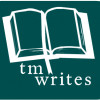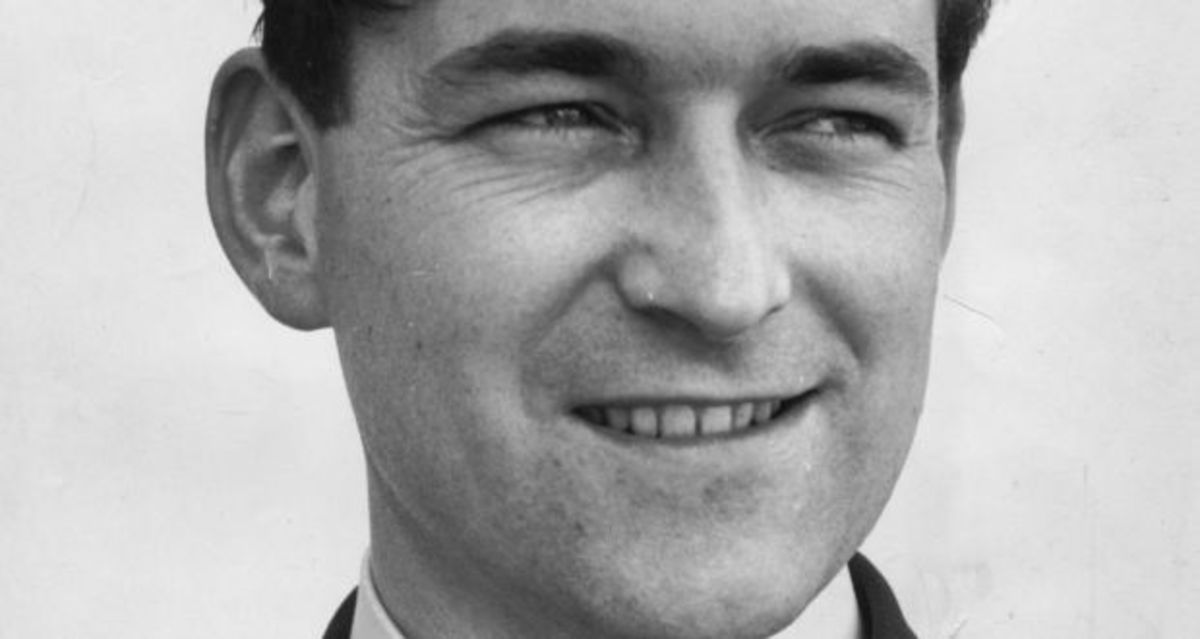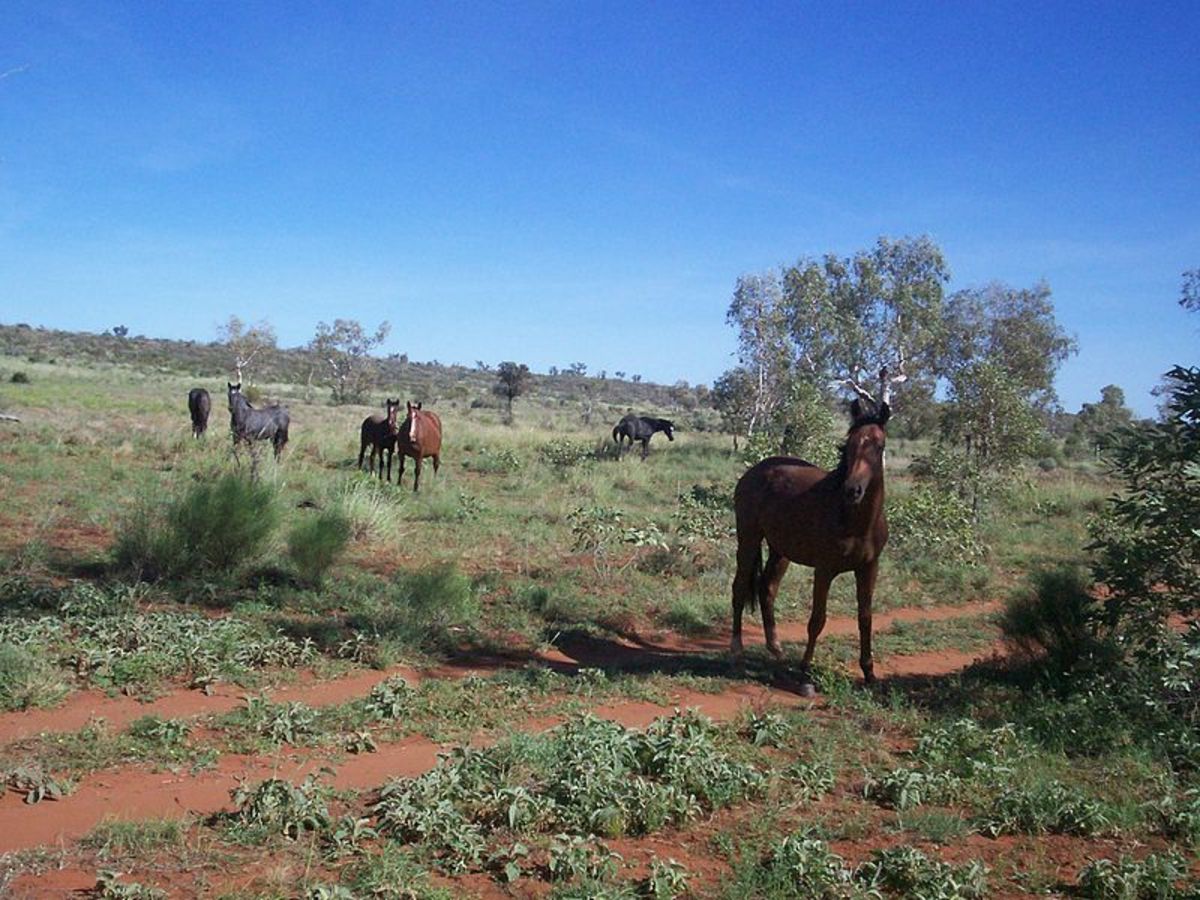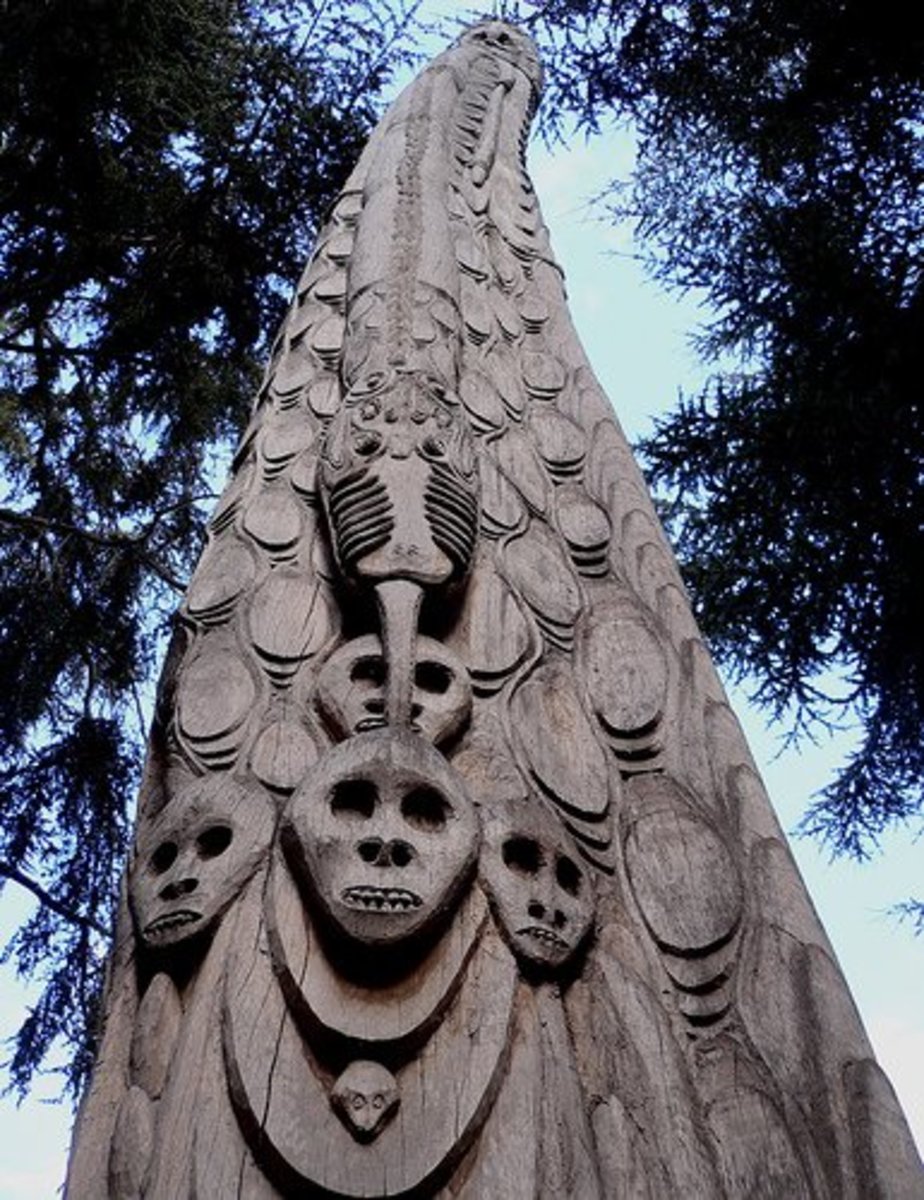Paul Keating's Republican Address at the Funeral of the Unknown Australian Soldier
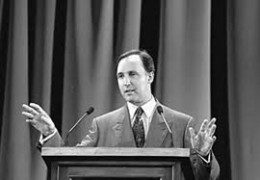
Paul Keating, the Australian PM at the time serves a primary purpose to present a funeral address appropriate for a neutral state occasion.
A subtle subtext is employed to criticise the monarchist system in Australia and present Keating’s favour of republicanism
Context – 1993: Keating presented his speech on the 11th November, now recognised as Remembrance Day celebrating the armistice of the First World War. Furthermore heightening the exposure to the of the speech was that 1993 was the 75th anniversary of the armistice – a major occasion.
Keating personally, was raised in a poor family who joined the Labor Party as an adult, traditionally favoured towards the working class. His political position was surely influenced by his upbringing where Keating would not have agreed with the class division that monarchies traditionally created. His own personal context would have influenced his republican views and therefore his address. Furthermore, Keating served as a junior parliamentarian under the Whitlam Government who was dismissed by the monarchist system. This would have ensured hatred and resentment towards the monarchist system.
Context – 2012:
Keating’s speech today would appeal to many Australians considering Australia’s position within the world being a dominant and influential nation. Many may consider Australia no longer needs a monarchist constitution as the monarchy no longer influences Australia and its politics. There is strong debate about the relevance of continuing such a system with the decreasing monarchist links we hold with Britain. Furthermore, Australia is heavily influenced by American culture where the ideas of republicanism are ubiquitous within most forms of media. Australia holds increasing links with America especially in military with American deployment of troops in Darwin this year. Australia today fights alongside America in wars in the Middle East. As time continues and Australia continues its sway from Britain to America, Keating’s speech becomes increasing relevant for its sub- textual purpose.

Kairos:
Keating’s tone is formal and reflective, appropriately fitting the occasion of a state event. Keating’s speech, therefore, holds authentic to the requirements of Kairos. Furthermore, holding the funeral on the 75th anniversary of the armistice adds depth to the purpose of commemorating the Unknown Soldier and gives Keating a sizeable platform for his subtext. Although remaining constrained to the demands of Kairos, Keating subtly presents his subtext. This subtlety is critical in remaining true to the demands of Kairos as explicit criticism would be inappropriate for a neutral occasion.
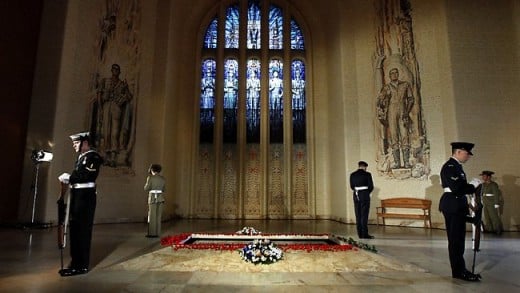
Section 1:
Keating starts his speech by creating an everyman and allows the responder into the conversation where they are invited to mould their everyman in whatever way they hold suitable. This is important as Keating moves on to connect Republicanism with the Anzac legend and then provide the Anzac identity as the suitable model for their everyman.
In the opening paragraphs, Keating introduces the universal identity of the soldier by inviting the responder into the speech saying “he is one of us”. This is an immediate appeal to pathos where Keating continues thereafter his enigmatic presentation of the soldier through anaphoric repetition and first person plurals “we don’t know” and “we will never know.” This allows a connection between the responder and the unknown soldier where the idea is created that his identity could belong to all responders.
By listing the many things unknown about the soldier, Keating is in fact providing a template that can be filled in by the responder in whatever way they wish. Furthermore, the idea of the soldier being a kind of everyman is emphasised through Keating’s balanced contrasts so that anyone “from the city or bush”, “married or single” can access the identity of the soldier. By presenting the universal identity of the soldier Keating effectively invites the responder to participate in the conversation and thus, invokes a personal response.
By reversing the anaphoric repetition from what we don't know, to something we do know about the soldier, Keating humanises the cold facts and numbers. In affirming “he is one of us”, Keating employs the use of inclusive language to further emphasise the soldier belonging to all Australians. Short sentences add to Keating’s dramatic impact, heightening the enforced personal response.

Section 2:
Once Keating has introduced the Unknown Soldier and offered him as they everyman he subtly moves on to his subtext – criticism of the monarchist system. At all times Keating remains commemorative and honourable towards the soldier, however uses his sacrifice to blame the monarchy and outline the irrelevance of such a system in Australia.
Keating begins his persuasive subtext by outlining the irrelevance of a monarchy in today’s times. While continuing to fulfil his main objective – commemorating the Unknown Soldier, Keating says “this Australia and the Australia he knew are like foreign countries”. Here, his use of syllepsis (using a word two ways) and simile coupled with the negative connotations of “foreign” explore the drastic and negative changes Keating believes Australia to have undergone in the previous seventy-five years. He continues to portray this idea by employing the hyperbole in “so vast and all consuming” and “beyond the reach of the imagination” where their negative connotations force an emotional shift in the audience away from the monarchy.
Keating expertly constructs his speech to honour the war dead while using their sacrifices as a way to present his republican views. His simple manipulation of rhetoric through the juxtaposition of “king and country” and thus monarchism, to “political incompetence” enforces a connection between the two. Although this is subtly presented using alliteration of the ‘c’ sound, it is effective in forcing an emotional shift away from the monarchy. Keating does not move away from honouring the war lost soldiers but delicately persuades his audience to consider whether these soldiers died for no other reason but the glamour of fighting for the monarchy.

Keating makes it quite clear that his purpose is not to glorify war and thus gives no credit to the monarchy, but in fact praises the contribution this Unknown Soldier made. In doing this, however, he discretely blames monarchies for necessitating their loss. After making the connection between political incompetence and monarchism, Keating continues to declare “the war which was supposed to end all wars in fact sowed the seeds for a second more terrible war” and furthermore adds “we might think this Unknown Soldier died in vain.” Here Keating makes the argument that monarchies started these horrible wars where millions of innocent people were killed. Therefore, after so many years of change in the world why does Australia still have a monarchist constitution? Surely so many Australians did not fight so see no gain? By degradation of the monarchy for its responsibility for the incredible loss of life, Keating is in fact presenting his favour of a substitute form of government – a republican system. He employs the use of cliché and dramatic language to relay his ideas and effectively invokes a personal response by maintaining the honour of the lost soldier.
Keating continues to move his audience away from monarchism and towards his ideas of Australia as a republic through his manipulation of language and rhetoric. He offers the war as a “lesson which transcended the horror and tragedy and the inexcusable folly” which through the use of emotional language and repetition implies Australia has moved on – that Australia learnt how to be independent of the folly or British and thus a republic system should be implemented.
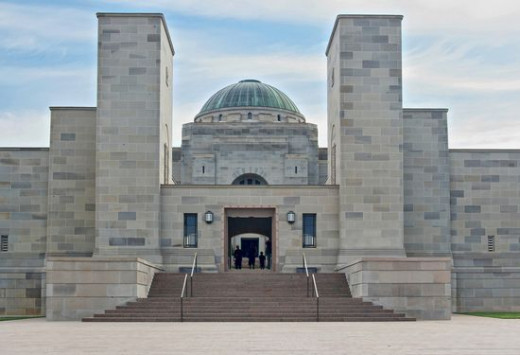
Section 3:
Keating has created his everyman in the beginning of his speech, and has connected the monarchy to the terrible loss of life through war. The responder is in a position where they have rejected the monarchy and are now waiting for Keating to offer a substitute for which they can accept. He does this by linking the Anzac legend with ideas of republicanism and then offering this identity as the acceptable model for their everyman, thus his responder is persuaded in favour of the republican system.
He initially makes an appeal to ethos through his humble degradation of politicians of which he is one. This helps to lower himself to our level where we are more likely to respect his idea if he is not projected as above us. As a result, he effectively invokes a personal response within us which forces a shift in our favour to a republican system.
Keating moves on to portray the ANZACs as the model of Australian identity. He relates these ideas back to his subtle subtext and favour of republicanism by offering us the accessible ANZAC story. Keating, through inclusive first person challenges us “to believe in ourselves” which fundamentally is the basis of republican ideology.
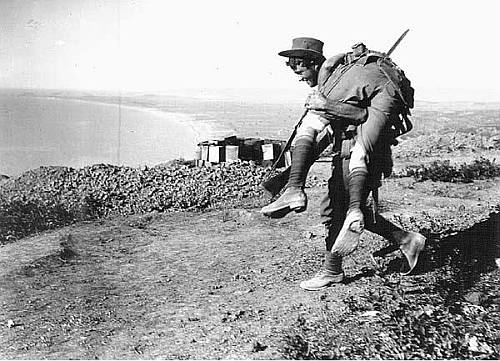
He then relates this idea to the ANZAC “legend of free and independent spirits”. Furthermore, the positive connotations linked to these words reverberate with his idea of republicanism. It could be said this is the climax of Keating’s speech. It is here that his argument is clearly presented. Although remaining subtle and, in continuing to commemorate the Unknown Soldier as his primary purpose, Keating introduces the ideas of “real nobility”, “courage”, “ingenuity in adversity” and “mateship”. This emotional appeal links all aspects of his speech, where the everyman from the beginning is shaped to represent the Australian identity. This identity is strongly distanced from monarchism and connected to the ideas of republicanism.
In the concluding paragraphs of his speech Keating reaffirms the irrelevance of the monarchy in Australia where a shift to a republican system is central to the development our Australian identity. Keating offers the juxtaposition of what has been sacrificed for gain. Although “we have lost a 100,000 lives… we have gained a legend”. Employing the use of first person plurals, Keating challenges us to call for a republic and equalise the disparity created by the monarchy.
